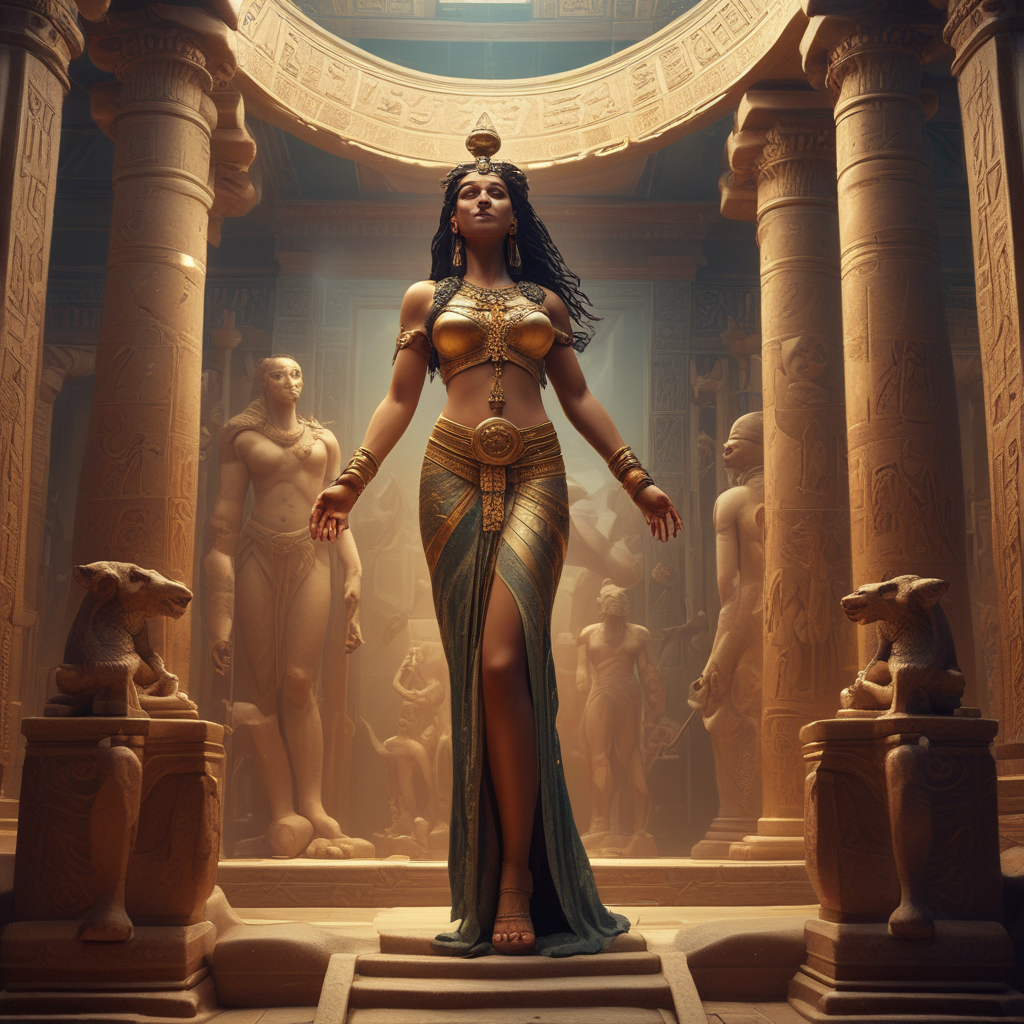The Myth of the Goddess Selket in Ancient Egypt
Who Was Goddess Selket?
Goddess Selket, also known as Serqet, was an ancient Egyptian deity associated with protection, healing, and magic. She was often depicted with the head of a scorpion or as a woman with a scorpion on her head. Selket was considered a powerful guardian who could ward off poisonous bites and stings, particularly those from scorpions.
Role and Symbolism of Selket
Selket was closely linked to the afterlife and was believed to protect coffins and jars that held organs of the deceased during the mummification process. She was also associated with rebirth and transformation, symbolizing the cyclical nature of life and death. As a deity of healing, Selket was invoked to aid those suffering from venomous bites and other illnesses.
Mythological Stories and Worship
Selket was revered by ancient Egyptians for her compassionate nature and healing abilities. She played a significant role in the myth of Isis and Osiris, where she helped Isis protect Osiris during his resurrection. Priests and priestesses sought Selket’s guidance and blessings in their healing ceremonies and rituals.
Legacy and Significance
Even though ancient Egyptian myths and beliefs have faded over time, the symbolism and significance of Goddess Selket continue to resonate in modern times. Her representation of protection, healing, and transformation remains relevant, inspiring individuals to embrace change, overcome obstacles, and seek healing in challenging situations.
Frequently Asked Questions about the Goddess Selket in Ancient Egypt
Who was the Goddess Selket?
Selket, also known as Selcis, was an ancient Egyptian goddess associated with scorpions, protection, magic, and healing. She was often depicted with a scorpion on her head or as a woman with a scorpion-shaped headdress.
What was Selket’s role in Ancient Egyptian mythology?
Selket was believed to protect the dead and help guide them safely into the afterlife. She was also invoked for protection against scorpion stings and other dangers, as well as for healing and magical purposes.
Which symbols and associations were linked to Selket?
Selket was closely connected to the desert and the dangerous creatures that inhabited it, such as scorpions. She was often depicted with a protective, motherly demeanor, symbolizing safeguarding and care in the face of threats.
Where can we find references to Selket in Ancient Egyptian history and art?
References to Selket can be found in various tombs, temples, and texts throughout ancient Egypt. She is often portrayed alongside other major deities in funerary rituals and inscriptions, emphasizing her role in protecting the deceased.





